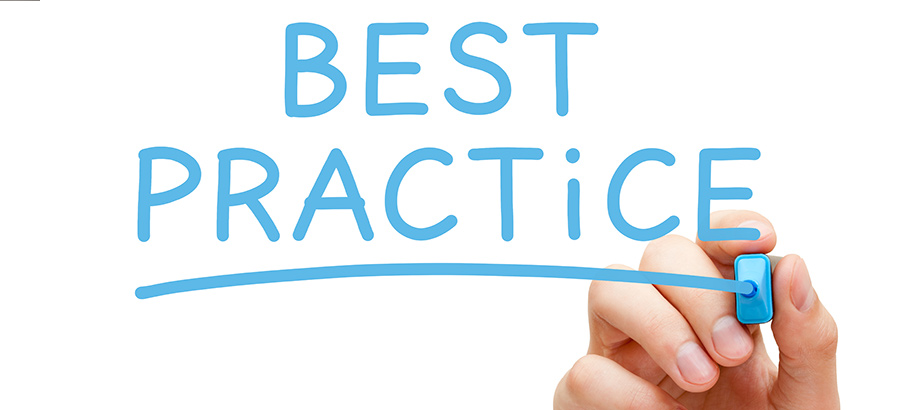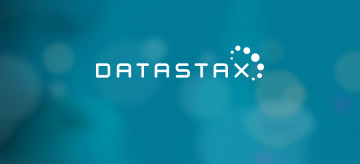- Advertising
- Bare Metal
- Bare Metal Cloud
- Benchmarks
- Big Data Benchmarks
- Big Data Experts Interviews
- Big Data Technologies
- Big Data Use Cases
- Big Data Week
- Cloud
- Data Lake as a Service
- Databases
- Dedicated Servers
- Disaster Recovery
- Features
- Fun
- GoTech World
- Hadoop
- Healthcare
- Industry Standards
- Insurance
- Linux
- News
- NoSQL
- Online Retail
- People of Bigstep
- Performance for Big Data Apps
- Press
- Press Corner
- Security
- Tech Trends
- Tutorial
- What is Big Data
5 Disruptive Trends That Will Shape Big Data, Hadoop, and Cloud Storage in 2016

The tinsel is hung, Cyber Monday has come and gone, and hopefully you’ve decided whom to lure under the mistletoe. Instead of sneaking a peek at the gifts your loving family has invested in (yeah, maybe another tie, stick with us), let’s take a look at what’s up for 2016 in the world of Big Data, Hadoop, cloud storage, and other tech trends.
1. The Consumer Side of the IoT

The IoT is going mainstream next year. No, the smart watch might not have soared like the iPhone or Samsung Galaxy have, but connected devices are definitely the next big thing. Look for the consumer side of the IoT to evolve beyond Fitbits and smart thermostats. Businesses will find new ways to connect with their consumers, gather data, and up the ante for the customer experience.
2. The Industrial Side of the IoT
The IoT is actually a bigger player within industry than it is on the consumer side. The trend in manufacturing, for example, is automation with a side dish of big data delivered via connected sensors and monitors. Industries are finding new ways to use the IoT and the data it produces, building data lakes and leveraging tools like Hadoop. Look for industries to find more ways to improve operations, business intelligence, manufacturing processes, logistics, and more.
3. The Field of Big Data Tools Becomes Clearer
As big data and analytics take over—well, everything—look for languages like Java and COBOL to continue to decline, while others (primarily R, Python, SQL, SAS, etc.) to take off. Java just can’t provide the level of security demanded by big data operations, which lean heavily on sensitive proprietary and consumer information. While a large portion of legacy systems used in financial institutions remain on mainframes in COBOL, most of the new development (in other words, most of the jobs that become available) will be in the newer languages relative to big data, Hadoop, Pig, Hive, etc. Look for 2016 to be a year in which the selection of big data tools thins out, as some big data and analytics vendors are able to perfect their product and others are gobbled up or driven out entirely.
4. Pay-as-You-Go Becomes the De Facto Business Model

‘aaS’ (as a Service) is not just for software. The model used for Windows 10 is being examined for a wide variety of applications that have nothing to do with software or computers or IT infrastructure. For example, what if farmers paid for products like fertilizer and livestock based on their continued value on the farm, not the perceived value at market? A wide range of industries are examining and testing the waters for the aaS model of doing business, with varying results.
To leverage big data, you need a data lake. Data lakes allow you to collect and hold all that valuable data in its native format for use in a wide variety of applications and analytical initiatives. Bigstep is offering the first-ever Data Lake as a Service (DLaaS). Learn more about us today.
Readers also enjoyed:

Interview: Matt Pfeil of DataStax on Apache Cassandra and Big Data


Leave a Reply
Your email address will not be published.